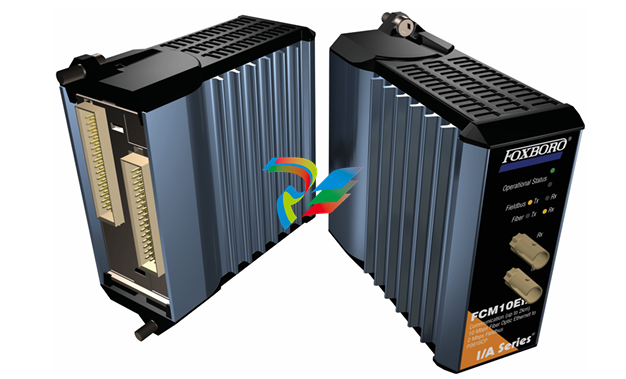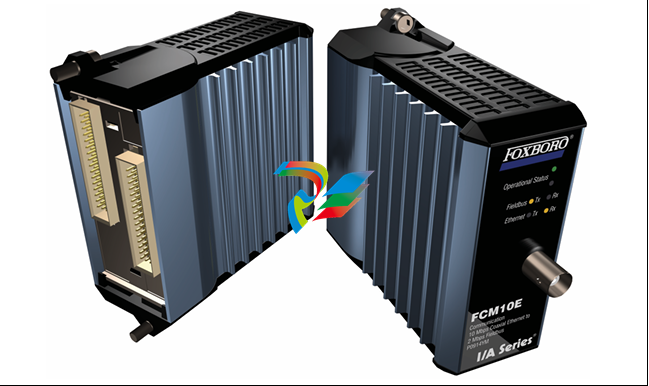
Ensuring Cyber Resiliency for OT Systems

Cyber resilience is the ability for an entity to continuously deliver the intended outcome despite cyber-attacks. In this case, the “entity” could likely be your plant and the “intended outcome” is the results produced by your operational technology (OT) efforts. Stated simply, being cyber resilient means your operations stay in operation even though they may be under cyber-attack.
“Cyberworthiness” is an assessment of the resilience of a system from cyber-attacks. It is applicable to software and hardware elements like standalone software, code deployed on an Internet site, browsers, manufacturing equipment or Industrial Internet of Things (IIoT) devices.
Whether intentional—as in a cyber-attack—or unintentional—as in a failed software update—adverse cyber events negatively impact the availability, integrity, or confidentiality of networked OT and information technology (IT) systems and associated services.
Cybersecurity versus cyber resilience
Cyber resilience is designed to prevent systems and networks from being derailed in the event that security is compromised. The manufacturing line, refinery or pipeline “stays” operational. Cyber resilience means that cybersecurity is effective without compromising the usability of OT systems (Figure 1).

According to Phil Tonkin, field CTO at Dragos, cybersecurity is concerned with the protection of digital systems, whereas cyber resilience considers the real-world implications of cyber events—extending beyond the digital defense perimeter to encompass the ability of an organization to maintain its core functions and recover swiftly from any form of cyber disruption. “In the world of OT, infrastructure owners as asset managers are concerned with the integrity and reliability of their assets. An electric company needs to worry about keeping a reliable, efficient and clean energy supply to its customers, how they achieve that is resilience. It’s not just protecting the system against compromise but managing the risks of downstream effects.”
Greg Hale, editor and founder of ISSSource, said that resiliency is a plan to find ways to keep the plant/network/system up and running despite an ongoing attack. It is related closely to the business continuity plan. “Cybersecurity, on the other hand, is the overall general idea of protecting assets. The government says resilience entails the ability of a system to anticipate, withstand, recover from and adapt to cyberattacks and natural or accidental disruptions,” he said.
Hale wrote in a recent article in The Source: “A core meaning behind cybersecurity is keeping systems up and running and secure against any kind of attack. But when an organization does suffer a hit, the next step in the ladder of protection needs to be resilience—how to stay up and running no matter the type of assault.”
“Cybersecurity focuses on the implementation of capabilities and controls such as identification, detection, protection and so on, whereas resilience relates to the ability to withstand attacks, bring appropriate response and ability to recover swiftly,” said Mansur Abilkasimov, vice president of Cyber and Product Security Strategy and Governance at Schneider Electric.
Need for cyber resilience is real
Hale points out that one of the classic cases of a lack of cyber resilience is the Colonial Pipeline incident a few years back (Figure 2). “There was a ransomware attack on the company’s IT department and while OT systems remained up and capable of running, the company shut down completely for about four or five days ‘out of an abundance of caution.’ The real reason was the company’s billing system was run on the IT side and if that was held for ransom, the company could not bill its customers and therefore not make any money, so they had to shut everything down. Even though OT was not affected, they had no plan on what they should do to stay running in case of an attack.”

Roy Kok, senior partner and Alliances specialist CLPA at Mitsubishi Electric Automation Inc. said that cyber resilience becomes an interesting challenge for Mitsubishi Electric going forward “because we’re the only company that’s offering combined networking. Most industrial automation companies have a control network and an information network, the control network being focused on deterministic performance and also being dedicated to doing the control. And then of course, the information network is open to the IT world, performance management, quality and so on.”
With combined networking, cyber resilience is increasingly important. “Our protocol is called CC-Link IE TSN. IE stands for ‘industrial Ethernet.’ TSN [time-sensitive networking] is the enhancement to the Ethernet spec that happened back in 2016, which allows you to have deterministic performance. It’s like setting up a private channel on Ethernet that guarantees that your control will have deterministic performance regardless of anything else on the network. The spec has been enhanced to allow scheduling of communications, which means that means devices on a network know when they have an opportunity to speak—traffic shaping.”













































.jpg)
.jpg)
.jpg)





.jpg)



.png)
.jpg)

.jpg)
_lVjBYb.jpg)

.jpg)
.jpg)



.jpg)
.jpg)







.jpg)

.jpg)
.jpg)






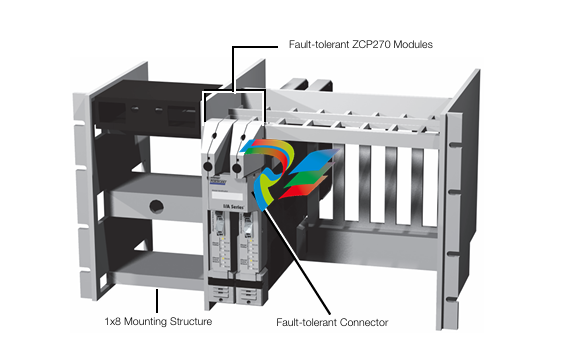

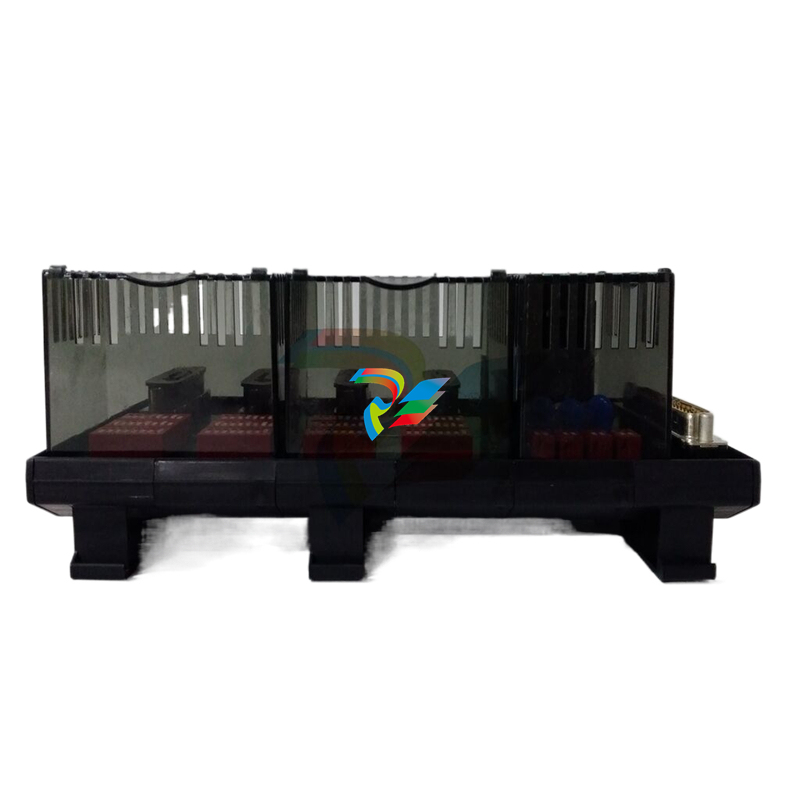
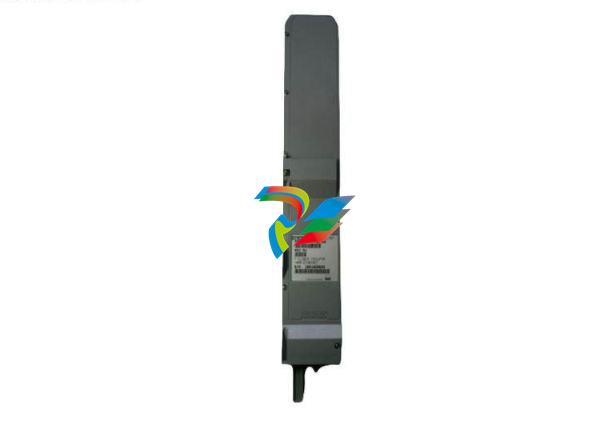
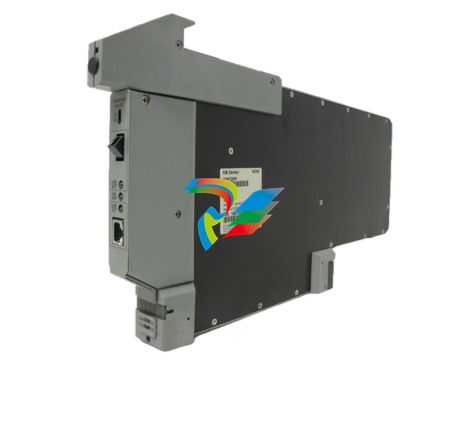
.jpg)




.jpg)
.jpg)
.jpg)
.jpg)
.jpg)
.jpg)
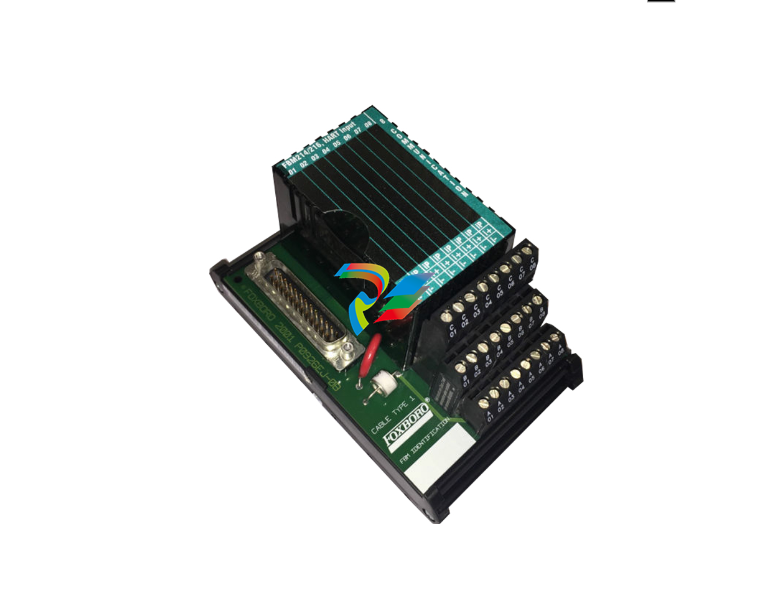
.jpg)
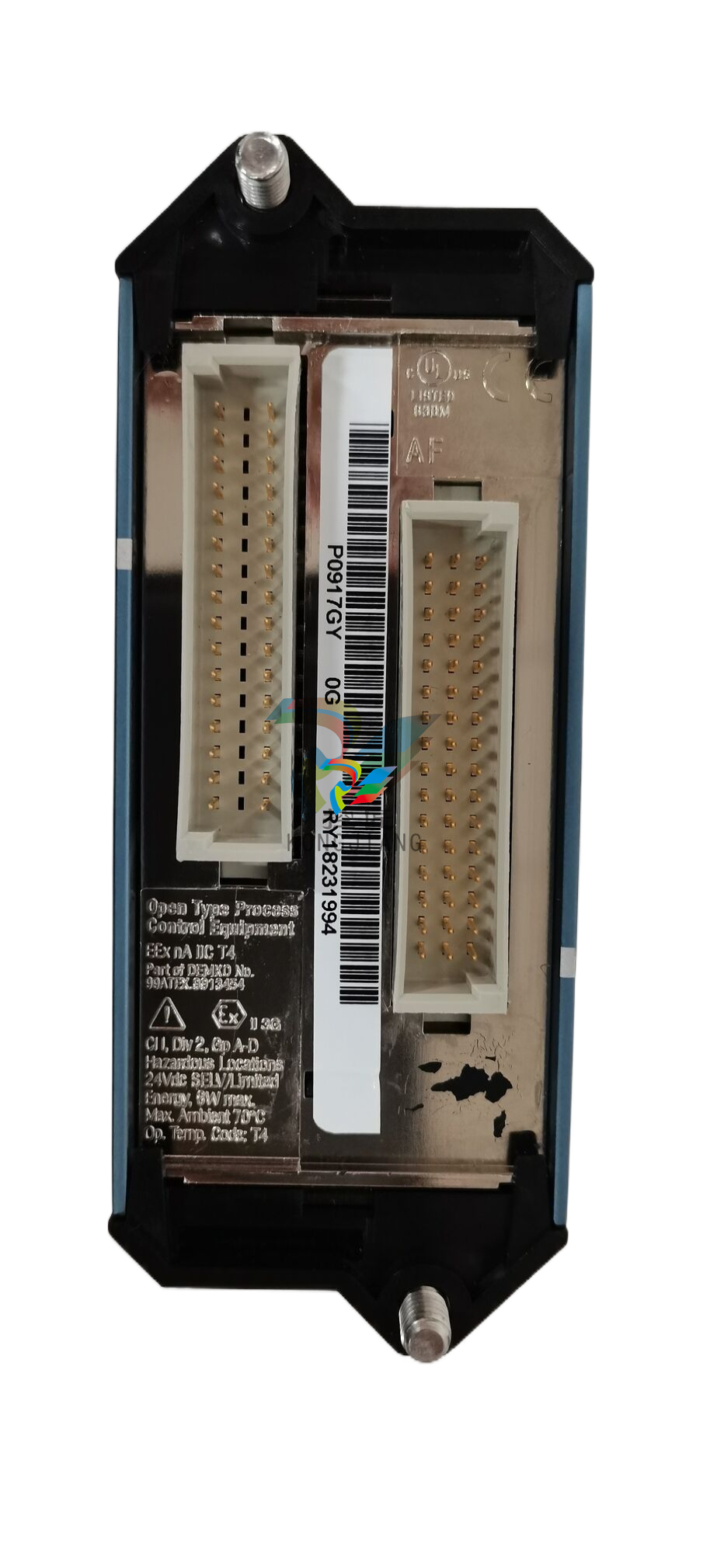
.jpg)
.jpg)
.jpg)
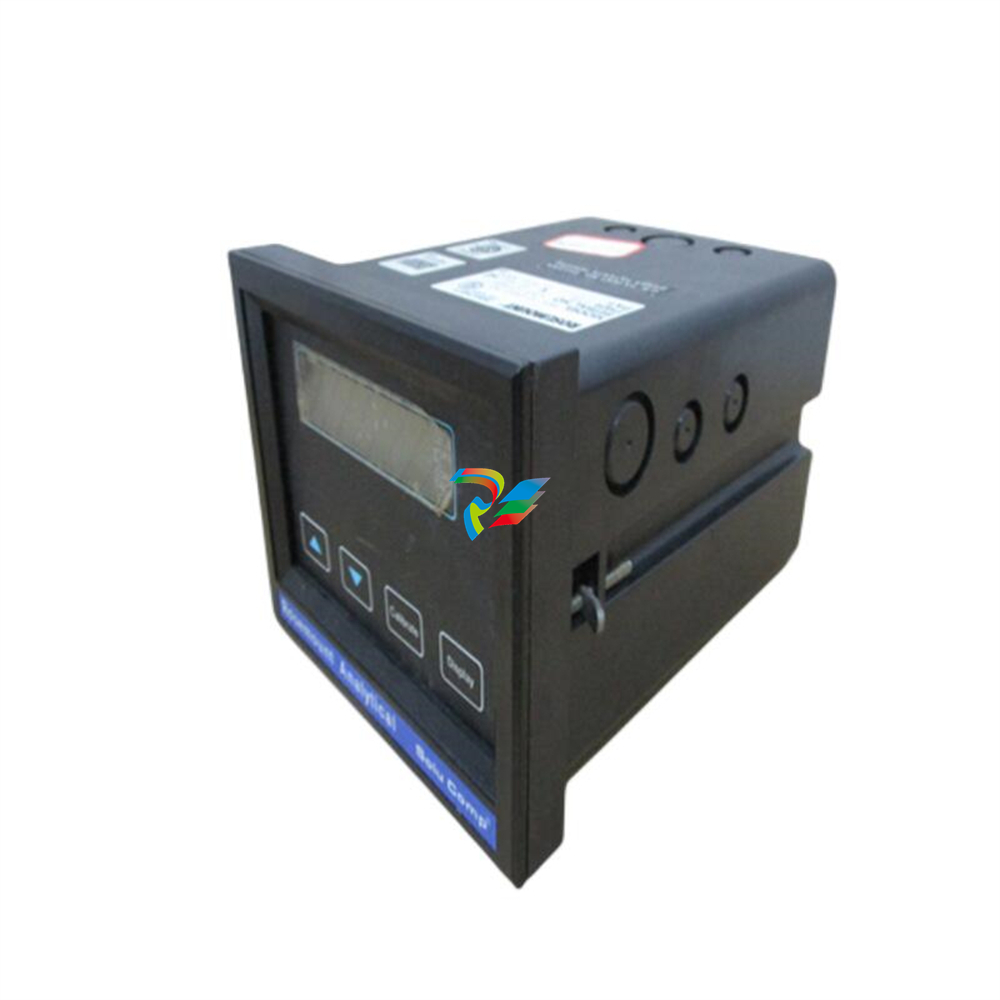
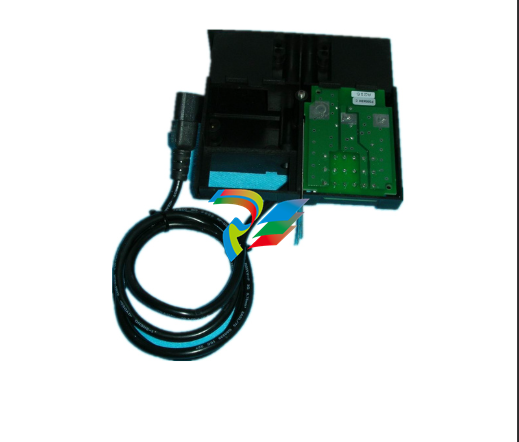
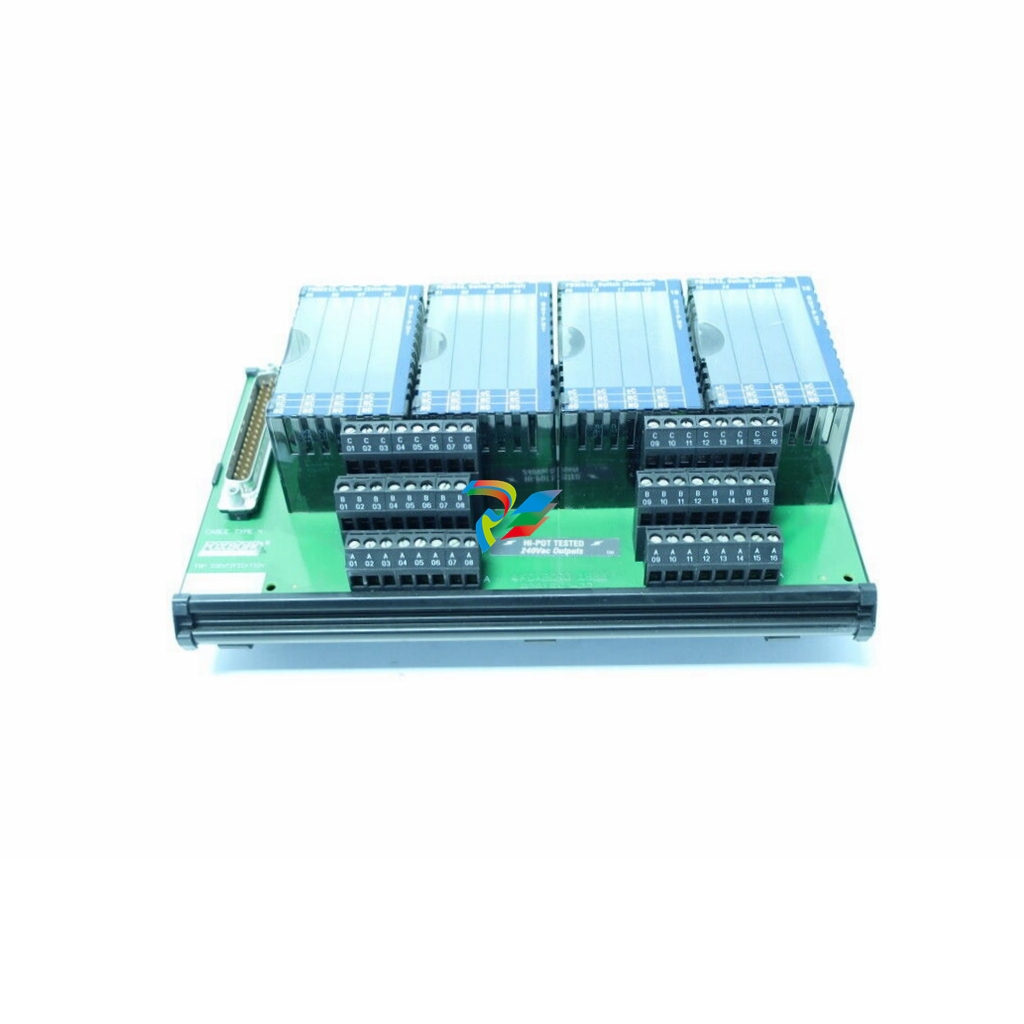


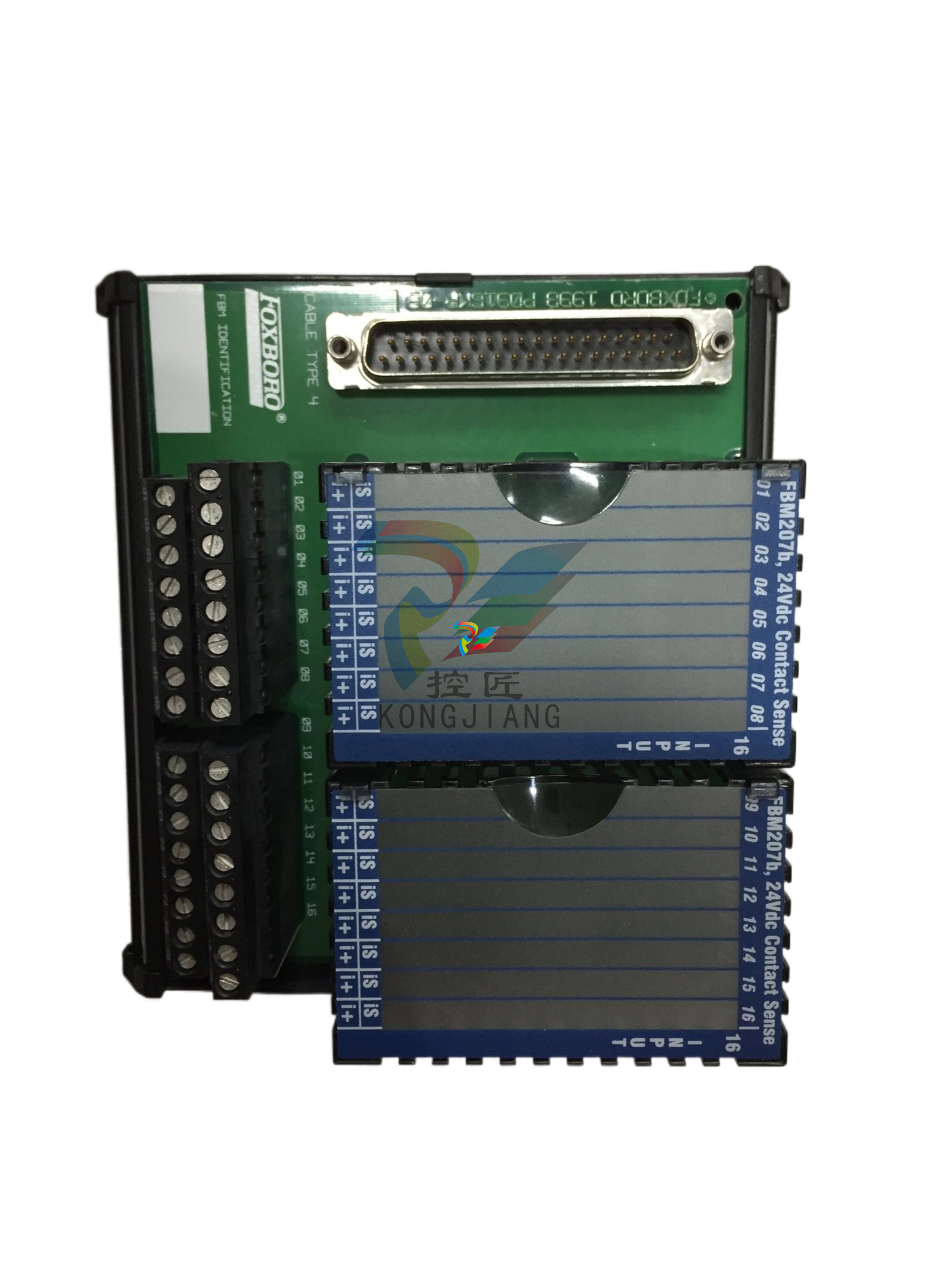
.jpg)


.jpg)


